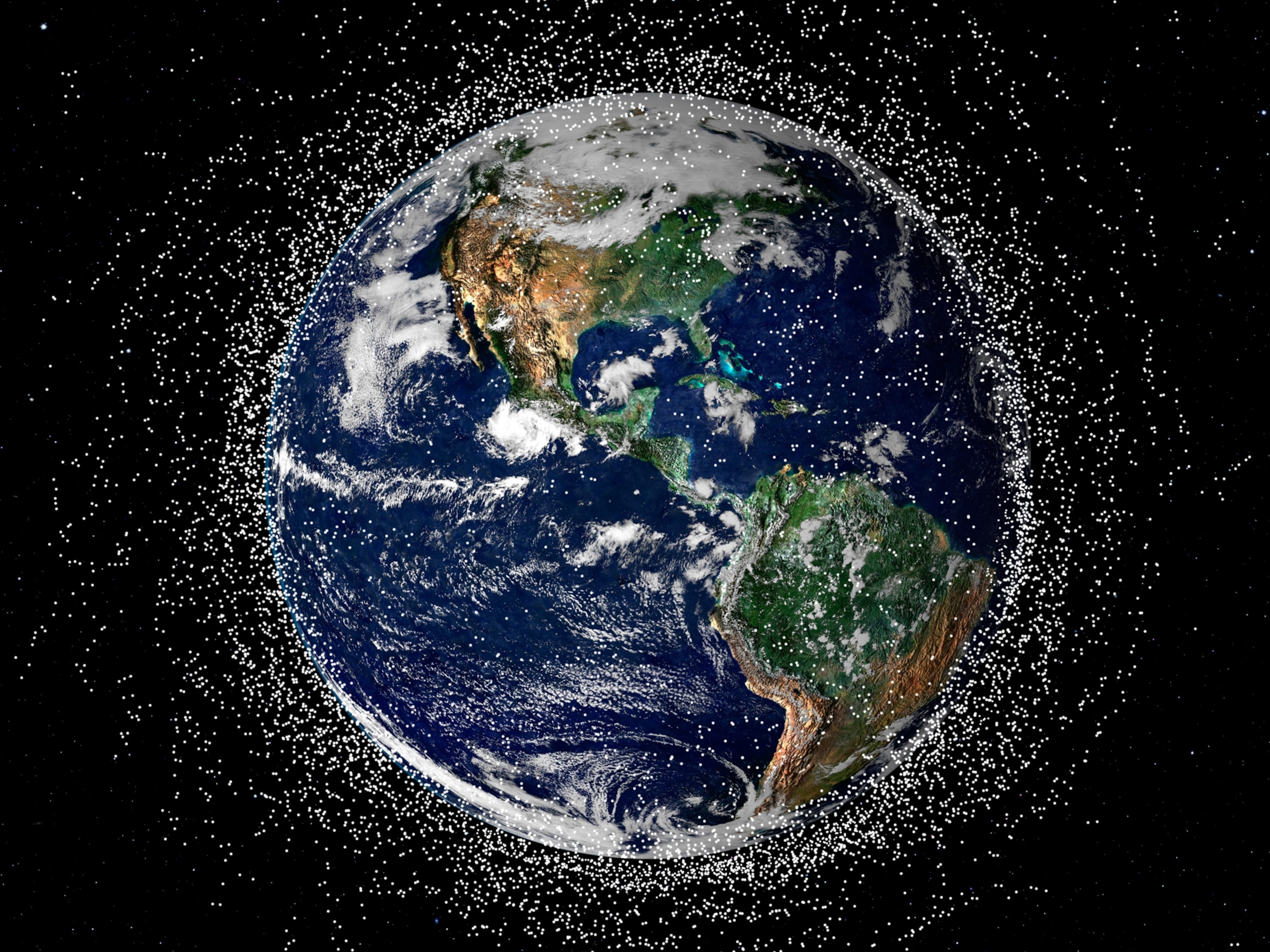
New Scars Found on Moon, Hint at "Recent" Tectonic Activity
Long trenches called graben suggest early moon wasn't fully melted.
Parts of the moon's surface have been stretched apart to form shallow, sunken valleys, according to a new study based on NASA images.
The presence of the long, thin valleys—known as graben—suggests that the moon has undergone relatively recent tectonic activity, within the past 50 million years or so.
That activity in turn hints that the moon may not have been entirely melted when it first formed roughly 4.6 billion years ago. Instead the early moon likely had a solid core covered by a global ocean of molten rock.
(Related: "Earth Had Two Moons, New Model Suggests.")
The young graben were discovered on the moon's far-side highlands and in volcanic plains using images from NASA's Lunar Reconnaissance Orbiter Camera (LROC), a high-resolution instrument aboard the orbiting spacecraft, which launched in 2009.
"They couldn't do this [type of study] until they had the awesome resolution from the LROC cameras on board the Lunar Reconnaissance Orbiter [and] the spectacular resolution where they can see these things up close," said Patrick McGovern, a staff scientist at the Lunar and Planetary Institute in Houston, Texas, who wasn't involved in the study.
Crisp Features Show Recent Action
In 2010 Thomas Watters, of the Center for Earth and Planetary Studies at the National Air and Space Museum in Washington, D.C., presented evidence that the moon has shrunk by as much as 600 feet (182 meters) since its formation.
That finding was based on LRO images of lobate scarps, cliff-like features thought to have formed as the moon cooled and its crust contracted.
In the new paper, Watters and colleagues describe the previously unseen graben—long, trough-like features that form when the moon's crust stretches, breaks, and drops drown between two parallel fault lines.
The newfound graben have crisp profiles with few overlaid impact craters. They also show little infilling due to micrometeorites—small space rocks that continually strike the moon, spraying material. (Related: "Solar Storms Are 'Sandblasting' the Moon, NASA Study Hints.")
These traits indicate that the graben are young, geologically speaking.
"Not only are they no older than 50 million years, they could be very young—young enough to be related to moonquakes recorded by the Apollo seismic network," which operated on the moon between 1969 and 1977, Watters said in an email to National Geographic News.
Putting Limits on Lunar Shrinkage
The graben are not as widespread across the moon as the lobate scarps, suggesting that just a few local areas have been forced to expand.
This complements Watters's previous study on the moon's shrinkage, which said that the moon was experiencing only low-level compression.
The graben "aren't telling us it's not compression, but it is providing a limit" on the amount of compressional forces, the Lunar and Planetary Institute's McGovern said.
The new study suggests that the moon couldn't have been totally molten when it first formed, because a fully melted moon would have been subjected to higher levels of compression as it cooled, which would have overridden any localized stretching that formed the graben we see today.
The new study on the moon's tectonic activity was published Sunday in the journal Nature Geoscience.
Related Topics
You May Also Like
Go Further
Animals
- Behind the scenes at America’s biggest birding festivalBehind the scenes at America’s biggest birding festival
- How scientists are piecing together a sperm whale ‘alphabet’How scientists are piecing together a sperm whale ‘alphabet’
- Orangutan seen using plants to heal wound for first timeOrangutan seen using plants to heal wound for first time
- What La Palma's 'lava tubes' tell us about life on other planetsWhat La Palma's 'lava tubes' tell us about life on other planets
Environment
- The northernmost flower living at the top of the worldThe northernmost flower living at the top of the world
- This beautiful floating flower is wreaking havoc on NigeriaThis beautiful floating flower is wreaking havoc on Nigeria
- What the Aral Sea might teach us about life after disasterWhat the Aral Sea might teach us about life after disaster
- What La Palma's 'lava tubes' tell us about life on other planetsWhat La Palma's 'lava tubes' tell us about life on other planets
- How fungi form ‘fairy rings’ and inspire superstitionsHow fungi form ‘fairy rings’ and inspire superstitions
History & Culture
- This thriving society vanished into thin air. What happened?This thriving society vanished into thin air. What happened?
- These were the real rules of courtship in the ‘Bridgerton’ eraThese were the real rules of courtship in the ‘Bridgerton’ era
- A short history of the Met Gala and its iconic looksA short history of the Met Gala and its iconic looks
Science
- Why trigger points cause so much pain—and how you can relieve itWhy trigger points cause so much pain—and how you can relieve it
- Why ovaries are so crucial to women’s health and longevityWhy ovaries are so crucial to women’s health and longevity
Travel
- 6 of the best active pursuits on Cape Cod and the Islands
- Paid Content
6 of the best active pursuits on Cape Cod and the Islands - The key to better mindfulness may be your public gardenThe key to better mindfulness may be your public garden
- How to spend a weekend in Kitzbühel, Austria
- Paid Content
How to spend a weekend in Kitzbühel, Austria




